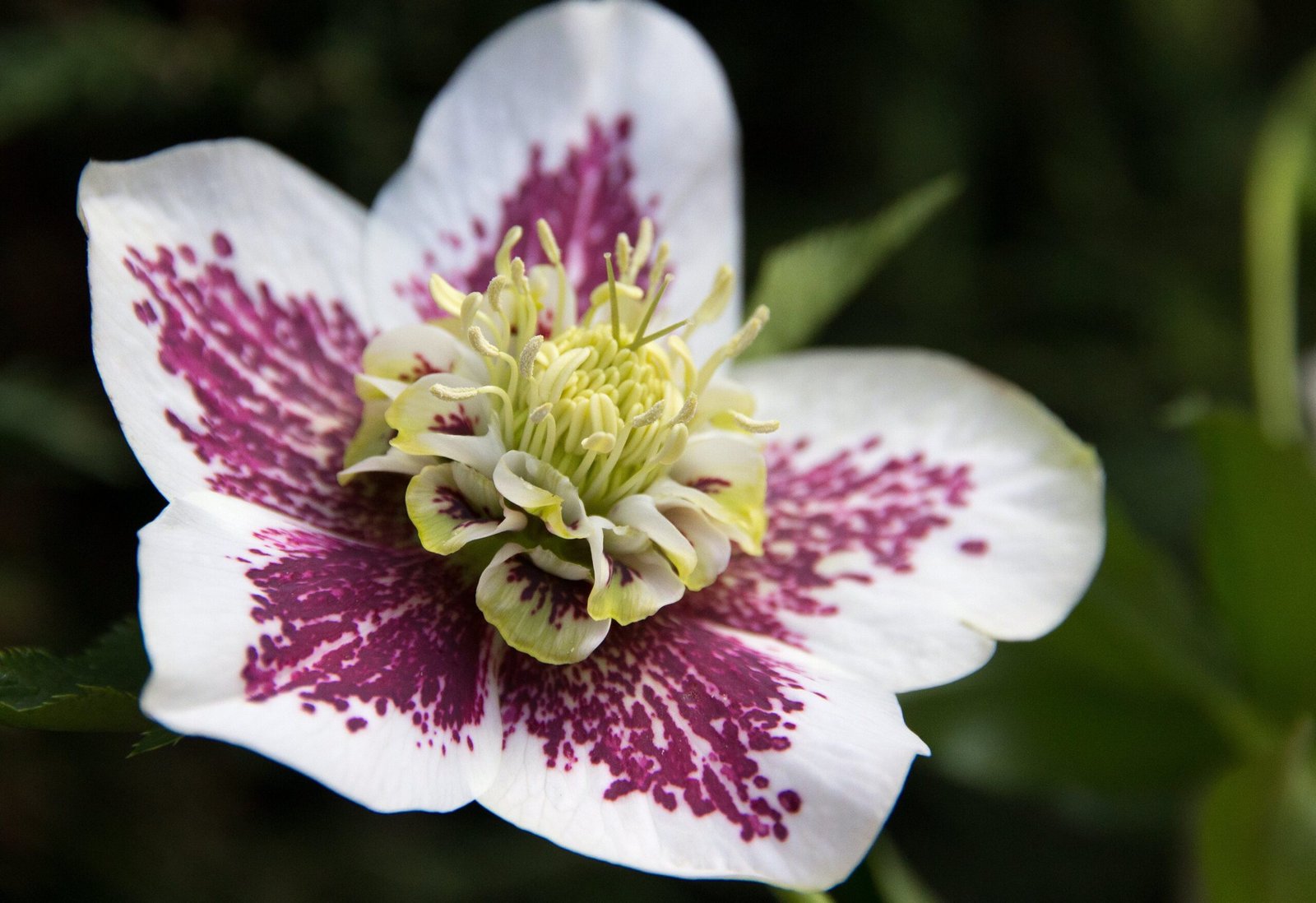- Lotus: How to Plant, Grow and Care for Lotus - 3 November 2023
- Zinnia: How to Plant, Grow and Care for Zinnia - 3 November 2023
- Coreopsis: How to Plant, Grow and Care for Coreopsis - 3 November 2023
Hellebore, also known as winter rose, is a flowering plant famous for its unique ability to bloom during the winter season. With its evergreen foliage and delicate, bell-shaped flowers in various colors such as pink, white, and purple, hellebore adds a touch of beauty to a winter garden.
About Hellebore:
Hellebores are a diverse group of plants with various types, including Orientalis, Niger, Foetidus, and Hybrid Hellebores. Each type has its own unique characteristics and growth habits.
Hellebores have a perennial life cycle and are known for their early bloom season, often starting in late winter or early spring. They offer a beautiful display of flowers that can last for several weeks.
Characteristics:
Hellebores are attractive to bees and butterflies, making them a great choice for pollinator-friendly gardens. They are generally easy to grow and maintain, requiring minimal care once established. While not edible, some species have a subtle fragrance. Hellebores have an extended bloom time, adding beauty to the garden for an extended period. They are widely used as ornamental plants and are known for their elegant and unique flowers.
Growing Conditions:
Hellebores prefer growing conditions that include well-draining soil and partial shade to full shade exposure. They can tolerate a wide range of soil types, including clay and loamy soils. Hellebores are fairly drought-tolerant but benefit from consistent moisture during dry periods. They are also deer and rabbit resistant, making them a great choice for gardens prone to wildlife damage.
Resistance:
Hellebores are generally resistant to most common plant diseases, including rust, fusarium wilt, downy mildew, and powdery mildew. They are known for their resilience and ability to thrive in various growing conditions.
| Season | Depth | Height | Spacing | US Hardiness Zone |
|---|---|---|---|---|
| Winter to Spring | 1 to 3 inches | 12 to 15 inches | 16 to 24 inches | 4 to 9 |
Plant Care Instructions
Light Requirement
Hellebores prefer partial shade to full shade. They can tolerate some morning sun, but too much direct sunlight can scorch their leaves.
Water Need
Hellebores have average water needs. Water them regularly, keeping the soil consistently moist but not waterlogged. Avoid letting the soil completely dry out.
Fertilizer
For Hellebores, a balanced organic fertilizer such as a 10-10-10 or 20-20-20 works well. You can also use compost or well-rotted manure as organic options.
Pruning
Pruning is not necessary for Hellebores, but you can remove any damaged or diseased leaves to improve the plant’s appearance. Cut them off at the base.
Toxicity
Hellebores are toxic if ingested, so keep them away from children and pets. The sap can also cause skin irritation, so wear gloves when handling them.
Common Issues
Common issues with Hellebores include black spot, leaf spot, and powdery mildew. These problems are often caused by poor air circulation or overwatering. Regularly inspect the plants and remove any infected leaves. Ensure proper spacing and avoid overhead watering to prevent these issues.
Culinary Benefits:
- Hellebore flowers can be used to garnish salads and desserts, adding a unique touch.
- The leaves of certain Hellebore species can be cooked and used as a vegetable or added to soups and stews.
- Hellebore petals can be infused in vinegar or oil to create flavorful dressings and marinades.
Medicinal Benefits:
- Hellebore has been used in traditional medicine for its diuretic properties, helping to promote urine production and remove excess fluid from the body.
- It is believed to have anti-inflammatory and analgesic effects, making it useful in reducing pain and swelling.
- Hellebore extracts have been used to treat respiratory conditions like asthma and bronchitis.
- Some studies suggest that Hellebore may have potential anti-cancer properties, although further research is needed.
- It has also been used topically to treat skin conditions such as eczema and psoriasis.
Companion Plants for Hellebore:
1. Ferns: These leafy companions provide a beautiful contrast to the delicate blooms of hellebores, creating an enchanting woodland feel in your garden.
2. Astilbes: With their feathery plumes of flowers, astilbes complement hellebores perfectly, creating a stunning display of textures and colors.
3. Hostas: The large and lush foliage of hostas not only provides a dramatic backdrop to hellebores but also helps to shade the delicate blooms from the sun.
4. Bleeding Hearts: These heart-shaped flowers add a romantic touch to your hellebore bed and thrive in the same shady conditions.

